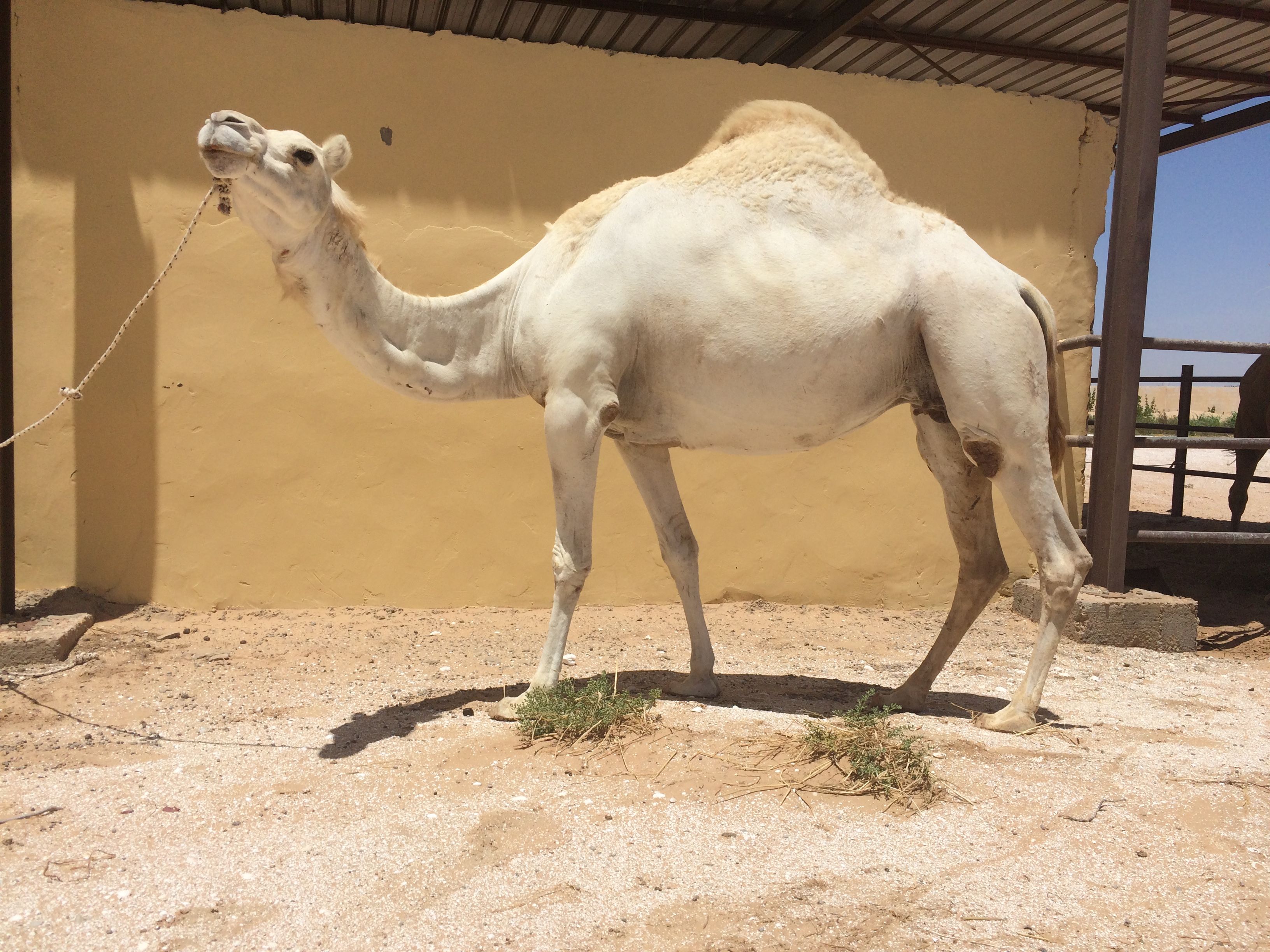Comparison of Mauritanian camel phenotypes with the ecotypes from Africa and Asia
DOI:
https://doi.org/10.19182/remvt.31948Keywords
Camelus sp., dromedaries, body measurements, phenotypes, ecotypes, genetic variation, MauritaniaAbstract
In order to assess the phenotypic diversity of camels in Mauritania, body dimensions were measured on 131 adult camels brought to Nouakchott slaughterhouse from all across Mauritania. On average, body measurements (in cm) were 51.5 ± 2.0 (head length), 21.5 ± 1.5 (head width), 108.4 ± 6.6 (neck length), 65.6 ± 4.9 (neck circumference), 184.7 ± 8.1 (height at withers), 197.8 ± 8.2 (chest girth), 147.1 ± 9.3 (body length), and 76.8 ± 5.2 (thigh circumference). After cluster analysis, it was possible to identify five phenotypes ranging from animals with small body size and thin, short necks, to medium-sized animals distinguished by large limbs or heads, and to large, slender animals. Compared to data in the literature, these phenotypes appear to be very close to the breeds described in Maghreb countries and more generally to African breeds, and unlike the Asian breeds, which are taller and more productive. The variability of the Mauritanian phenotypes
appeared low, which can be explained by the position of Mauritania, at the western end of the dromedary’s range in Africa, an important genetic mixing area with only few divergences made possible by the topography of the country.
Downloads

Downloads
-
Abstract1203
-
PDF (Français)337
Published
How to Cite
Issue
Section
Categories
License
© A.K.M.Diop et al., hosted by CIRAD 2020

This work is licensed under a Creative Commons Attribution 4.0 International License.





